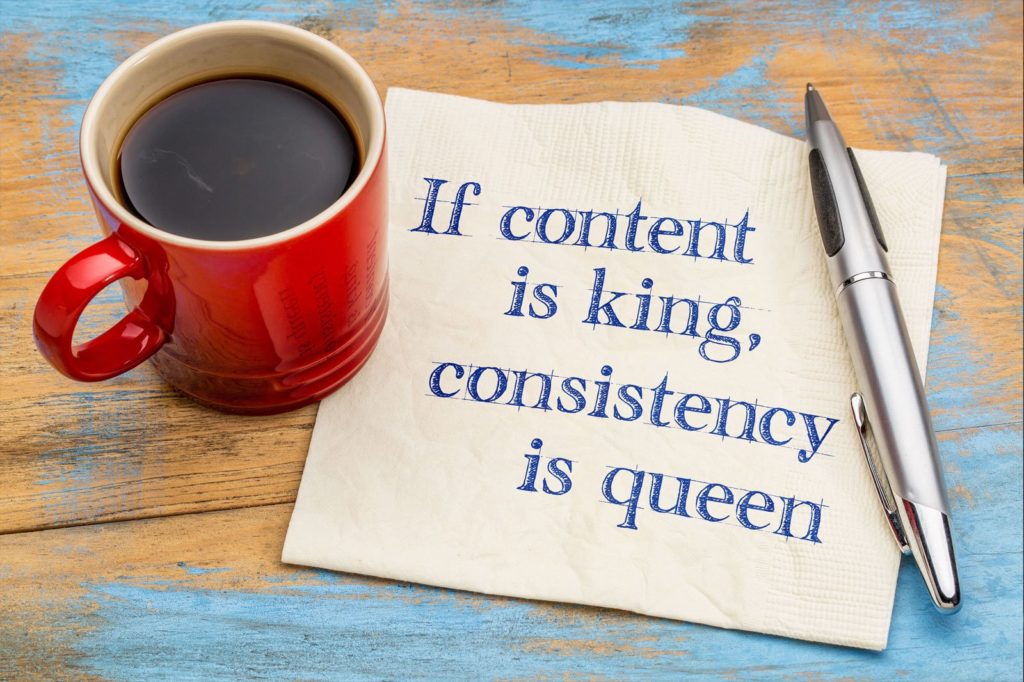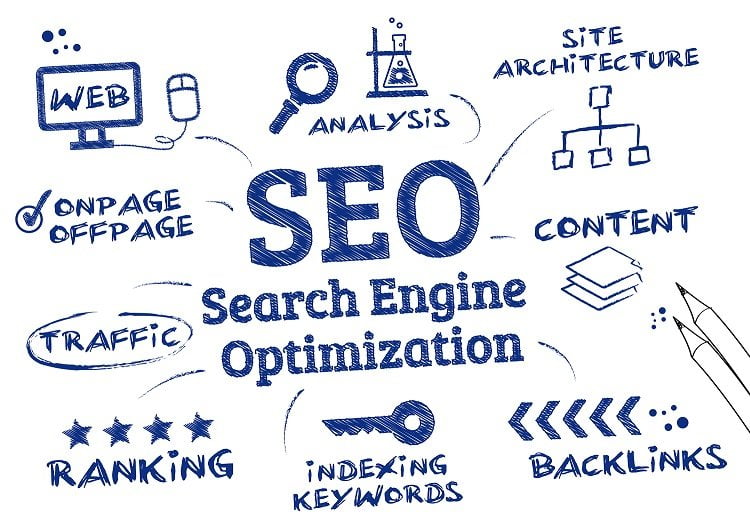Here’s the deal:
An account-based marketing (ABM) approach and a killer SEO strategy go hand in hand.
Now, I want to share exactly why that is – why ABM is actually all about SEO.
-
ABM Needs Keyword Research
Google loves keywords, and they have for a long time.
When you publish keyword-rich content online, you can bet that it’s going to be found by visitors who use the keywords you targeted.
In ABM, keyword-rich content is also a must!
When you brainstorm topics for your ABM content strategy or begin your keyword research, the questions you ask are more or less the same:
- Who are your target accounts?
- Why do they need your product or services?
- What keywords will they use to find your business?
- What information are they looking for when they consider a purchase?
After you’ve answered these questions, you can use Google Keyword Research tool and group related keywords together. You can also opt to use social listening to determine the topics and content types that your target stakeholders are interested in.
The information you find will determine your keywords and content topics.
Remember that keyword research should be done regularly. You don’t just do it, and then stop. You need to keep doing it again and again.
After all, the information your account needs changes everyday.
As a result, you need to perform keyword research to stay up-to-date on your account’s needs and constantly evaluate the content that your business has to offer.
This is how ABM and keyword research converge.
-
ABM Needs SEO-Optimized Content
There is no such thing as an account-based marketing strategy without content. You need to woo accounts with quality content to get them to buy.
By content, we’re not talking about a bunch of detailed “how-to” articles. While these types of content can get a high-amount of traffic, they’ll never be read by Marketing VPs, Directors or CEOs— the key decision-makers of your target accounts. Instead, they’ll be read by marketing managers at the bottom of the corporate ladder.
So, what kind of content is read by people at the top?
From my experience, all leaders share a common trait; they always want an answer to the “why” and “how” questions. Why do they need to buy your product or service? How will it help them drive results immediately? How will it benefit their company?
An account-based marketing strategy demands that you write content that can convince these leaders to buy. In turn, these leaders need this type of content to convince their partners at the grownup table, too.
Don’t forget to include SEO and keyword-rich headlines. You need to combine your content marketing strategy with your keyword research to get them on top of search engine rankings.
-
ABM Needs Links to Get Landing Pages Found
Here is another thing that ABM needs: Links.
No one would argue that writing good content and contacting clients is a fundamental concept of ABM.
But if your web content and landing pages are not optimized for search engines, you’ll miss out on A LOT. How can your target accounts visit your website? How can they find specific landing pages using search engines?
Obviously, if your SEO is not setup properly, then your target accounts will end up on the site of your competitors.
The only way you can win is to get links from authoritative sites in your niche.
Start by writing guest posts on the sites that your target accounts read. You can even add links to your target accounts’ site in your guest posts.
When you reach out to specific accounts, these posts will come in handy.
-
ABM Needs Social Media Optimization to Reach Out
After you’ve created quality content and researched your accounts, the next step is to reach out.
One of the ways you can break the ice is by connecting with your account’s leaders on social media. You can send the Marketing VP a message on LinkedIn, comment on their posts, or send a tweet. But, they won’t connect with you if your social media accounts are optimized poorly.
Target accounts use your popularity and social media content to gauge your business’ credibility and reputability. This means that your social presence (or lack thereof) will have a direct impact on the accounts’ impression of your business. And, you can bet that they won’t reply to businesses with no social presence.
The only way you can improve your social media is to leverage SEO services and social media management.
Here’s a list of what you need to do:
- Optimize your social media content for search engines.
- Keep your accounts updated to grow your number of followers.
- Encourage social sharing to build your authority.
Accounts want to connect with high-authority companies that can prove their worth on social media. They are attracted to businesses followed by industry leaders online, and they can only be convinced with quality content that drives them to act.
This is why SEO and social media optimization are a top priority.
Conclusion:
So, let’s recap what we covered today.
Account-based marketing needs SEO.
Clearly, an ABM strategy is only going to be successful if you create content that your accounts can find on Google or on social media. Look at this way: You need to convince accounts that they need you. In order to do this, you need to publish information they need and make sure that information gets found.
The post Why You Need SEO to Make Your Account-Based Marketing (ABM) Strategy Thrive appeared first on Bliss Drive.
source http://www.blissdrive.com/blog/need-seo-make-account-based-marketing-abm-strategy-thrive/






 Keywords are the foundation of effective search engine optimization. Without an understanding of the search terms your prospective customers use, it’s extremely difficult to improve your site’s visibility and start generating traffic.
Keywords are the foundation of effective search engine optimization. Without an understanding of the search terms your prospective customers use, it’s extremely difficult to improve your site’s visibility and start generating traffic. People read your blog for several reasons, the most common of which is that they
People read your blog for several reasons, the most common of which is that they Many businesses blog simply because they think it’s worth doing. The end result is often a blog that’s packed with content but lacking in focus, making it far less valuable as a marketing asset than a smaller, more specialized blog.
Many businesses blog simply because they think it’s worth doing. The end result is often a blog that’s packed with content but lacking in focus, making it far less valuable as a marketing asset than a smaller, more specialized blog. Our company specializes in link building and promotion for businesses in Los Angeles County and throughout Southern California. Our expert team can help you think up new
Our company specializes in link building and promotion for businesses in Los Angeles County and throughout Southern California. Our expert team can help you think up new  If you run a service business that operates in a specific area, one of the easiest ways to start a hyper-local SEO campaign is to break the area down into suburbs and sections.
If you run a service business that operates in a specific area, one of the easiest ways to start a hyper-local SEO campaign is to break the area down into suburbs and sections.